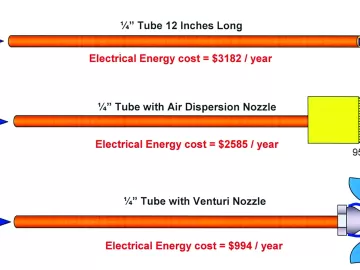Value in Valves – Why a Compressed Air Control System is Worth a Look
A large multi-service public utility provider was faced with an ongoing problem. The utility, which services 93,000 retail and wholesale customers, employed five oil-free compressors at one power generation facility, but, if they needed to take down Unit 2 at the facility, it almost always pulled Unit 1 down with it, overloading the system’s capacity and causing service interruptions.












